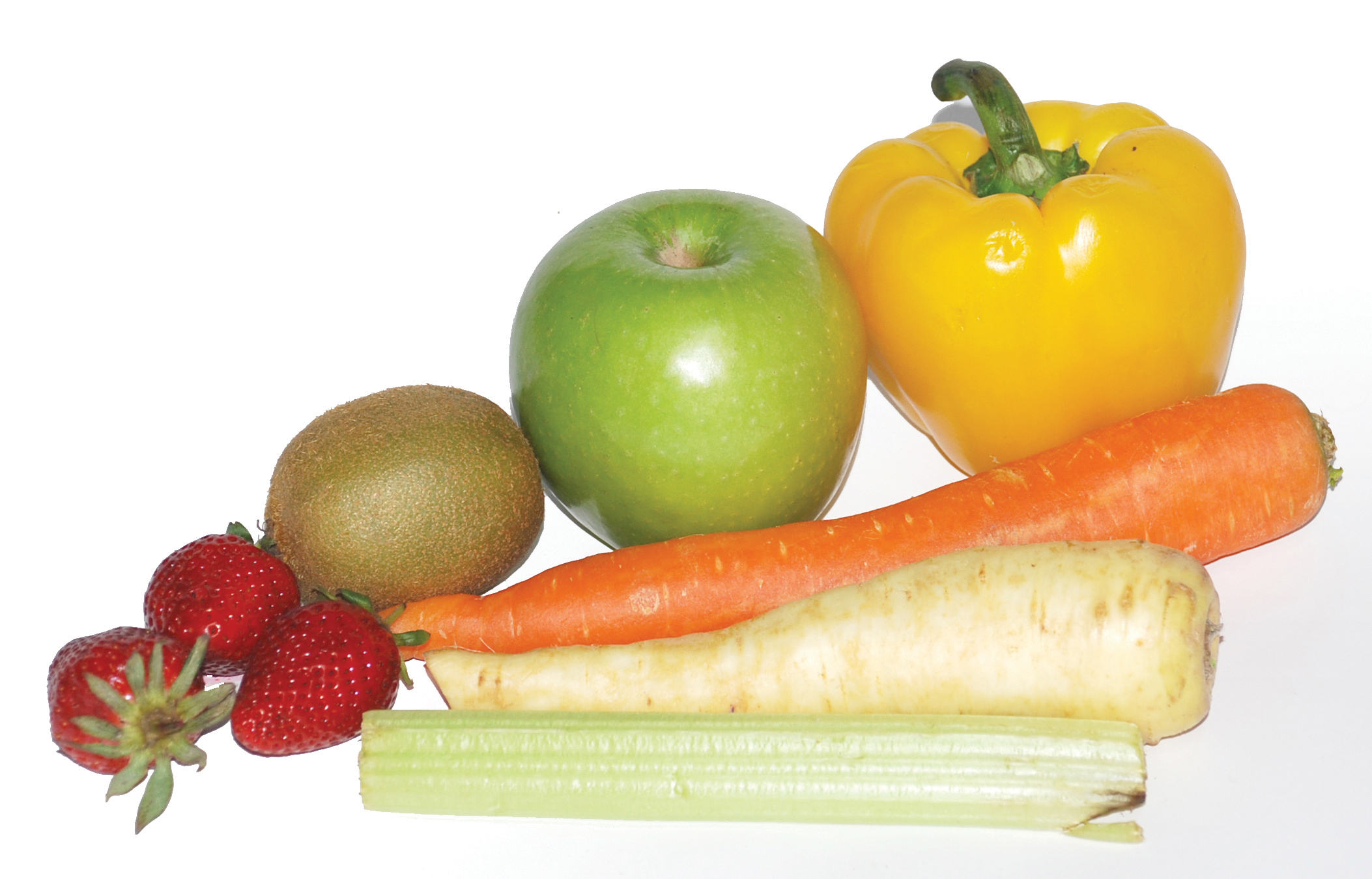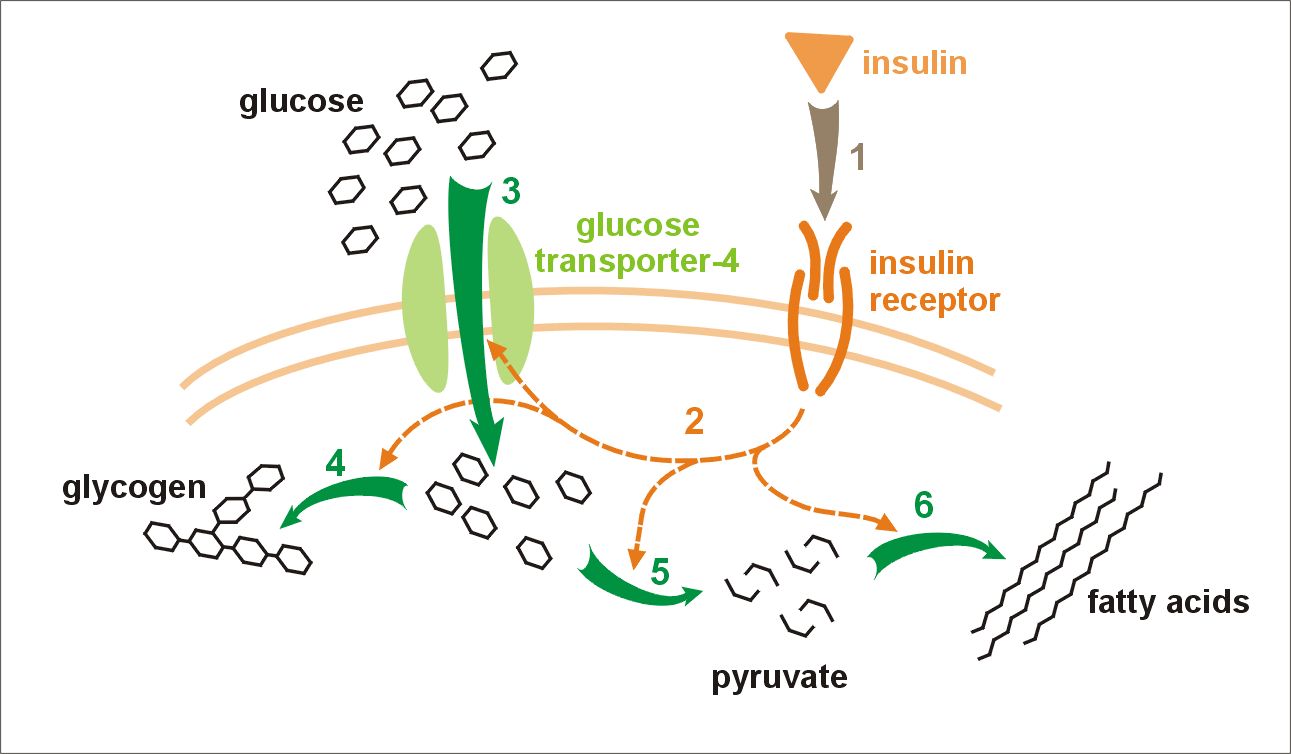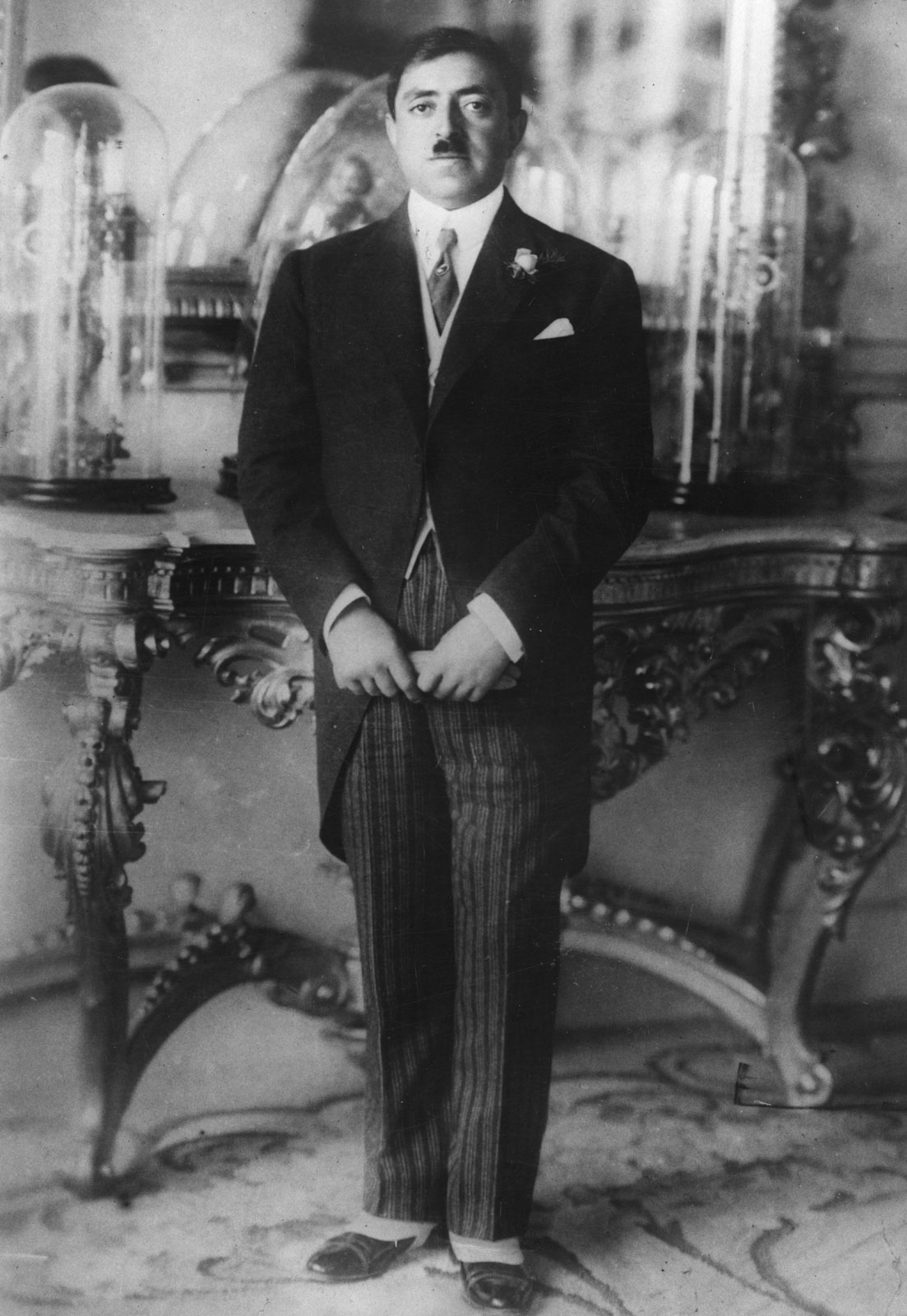|
Diabetes In Indigenous Australians
Diabetes, in particular, non-insulin-dependent diabetes, is prevalent in the Aboriginal and Torres Strait Islander populations of Australia. As many as 1 in 20 Australians are said to suffer from diabetes. Aboriginal people are three times as likely to become diabetic in comparison to non-Aboriginal people. In contrast with type 1 diabetes, which is a predisposed autoimmune condition, type 2 diabetes or insulin-resistant diabetes, is a preventable disease, heavily influenced by a multitude of socioeconomic factors. Sufferers of the disease are consequently more susceptible to chronic health issues, including heart disease and kidney failure. Conclusively, this has contributed to the 17 year life expectancy gap between Aboriginal people and non-Aboriginal people and has led to health inequities between Aboriginal people and non-Aboriginal people. History The history of Aboriginal Australians is said to have spanned some 60,000 years prior to colonization, yet they were first cit ... [...More Info...] [...Related Items...] OR: [Wikipedia] [Google] [Baidu] |
Diabetes Mellitus
Diabetes, also known as diabetes mellitus, is a group of metabolic disorders characterized by a high blood sugar level ( hyperglycemia) over a prolonged period of time. Symptoms often include frequent urination, increased thirst and increased appetite. If left untreated, diabetes can cause many health complications. Acute complications can include diabetic ketoacidosis, hyperosmolar hyperglycemic state, or death. Serious long-term complications include cardiovascular disease, stroke, chronic kidney disease, foot ulcers, damage to the nerves, damage to the eyes, and cognitive impairment. Diabetes is due to either the pancreas not producing enough insulin, or the cells of the body not responding properly to the insulin produced. Insulin is a hormone which is responsible for helping glucose from food get into cells to be used for energy. There are three main types of diabetes mellitus: * Type 1 diabetes results from failure of the pancreas to produce enough insulin due to lo ... [...More Info...] [...Related Items...] OR: [Wikipedia] [Google] [Baidu] |
Dark Emu
''Dark Emu: Black Seeds: Agriculture or Accident?'' is a 2014 non-fiction book by Bruce Pascoe. It reexamines colonial accounts of Aboriginal people in Australia, and cites evidence of pre-colonial agriculture, engineering and building construction by Aboriginal and Torres Strait Islander peoples. A second edition, published under the title ''Dark Emu: Aboriginal Australia and the Birth of Agriculture'' was published in mid-2018, and a version of the book for younger readers, entitled ''Young Dark Emu: A Truer History'', was published in 2019. Both the first and the children's editions were shortlisted for major awards, and the former won two awards in the New South Wales Premier's Literary Awards. The book has also proved very popular with the Australian public, selling 250,000 copies by mid-2021. Its strengths have been said to lie in the storytelling style, making it more accessible to the general reader than the more scholarly examinations of Aboriginal history in the pas ... [...More Info...] [...Related Items...] OR: [Wikipedia] [Google] [Baidu] |
Indigenous Health In Australia
Indigenous health in Australia examines health and wellbeing indicators of Indigenous Australians compared with the rest of the population. Statistics indicate that Aboriginal Australians and Torres Strait Islanders are much less healthy than other Australians. Various government strategies have been put into place to try to remediate the problem; there has been some improvement in several areas, but statistics between Indigenous Australians and the rest of the Australian population still show unacceptable levels of difference. Colonisation and ongoing disadvantage Prior to European colonisation, it is likely that the health Indigenous Australians was better than poorer sections of Europe. Colonisation impacted the health of Indigenous Australians via land dispossession, social marginalisation, political oppression, incarceration, acculturation and population decline. The process of colonisation began with the arrival of the First Fleet in 1788. In the following decades, for ... [...More Info...] [...Related Items...] OR: [Wikipedia] [Google] [Baidu] |
CSIRO ScienceImage 10461 A Selection Of Fruit And Vegetables
The Commonwealth Scientific and Industrial Research Organisation (CSIRO) is an Australian Government agency responsible for scientific research. CSIRO works with leading organisations around the world. From its headquarters in Canberra, CSIRO maintains more than 50 sites across Australia and in France, Chile and the United States, employing about 5,500 people. Federally funded scientific research began in Australia years ago. The Advisory Council of Science and Industry was established in 1916 but was hampered by insufficient available finance. In 1926 the research effort was reinvigorated by establishment of the Council for Scientific and Industrial Research (CSIR), which strengthened national science leadership and increased research funding. CSIR grew rapidly and achieved significant early successes. In 1949, further legislated changes included renaming the organisation as CSIRO. Notable developments by CSIRO have included the invention of atomic absorption spectroscopy, ... [...More Info...] [...Related Items...] OR: [Wikipedia] [Google] [Baidu] |
Cardiovascular Disease
Cardiovascular disease (CVD) is a class of diseases that involve the heart or blood vessels. CVD includes coronary artery diseases (CAD) such as angina and myocardial infarction (commonly known as a heart attack). Other CVDs include stroke, heart failure, hypertensive heart disease, rheumatic heart disease, cardiomyopathy, abnormal heart rhythms, congenital heart disease, valvular heart disease, carditis, aortic aneurysms, peripheral artery disease, thromboembolic disease, and venous thrombosis. The underlying mechanisms vary depending on the disease. It is estimated that dietary risk factors are associated with 53% of CVD deaths. Coronary artery disease, stroke, and peripheral artery disease involve atherosclerosis. This may be caused by high blood pressure, smoking, diabetes mellitus, lack of exercise, obesity, high blood cholesterol, poor diet, excessive alcohol consumption, and poor sleep, among other things. High blood pressure is estimated to account for approximat ... [...More Info...] [...Related Items...] OR: [Wikipedia] [Google] [Baidu] |
Chronic Kidney Disease
Chronic kidney disease (CKD) is a type of kidney disease in which a gradual loss of kidney function occurs over a period of months to years. Initially generally no symptoms are seen, but later symptoms may include leg swelling, feeling tired, vomiting, loss of appetite, and confusion. Complications can relate to hormonal dysfunction of the kidneys and include (in chronological order) high blood pressure (often related to activation of the renin–angiotensin system system), bone disease, and anemia. Additionally CKD patients have markedly increased cardiovascular complications with increased risks of death and hospitalization. Causes of chronic kidney disease include diabetes, high blood pressure, glomerulonephritis, and polycystic kidney disease. Risk factors include a family history of chronic kidney disease. Diagnosis is by blood tests to measure the estimated glomerular filtration rate (eGFR), and a urine test to measure albumin. Ultrasound or kidney biopsy may be performe ... [...More Info...] [...Related Items...] OR: [Wikipedia] [Google] [Baidu] |
Gestational Diabetes
Gestational diabetes is a condition in which a woman without diabetes develops high blood sugar levels during pregnancy. Gestational diabetes generally results in few symptoms; however, it increases the risk of pre-eclampsia, depression, and of needing a Caesarean section. Babies born to mothers with poorly treated gestational diabetes are at increased risk of macrosomia, of having hypoglycemia after birth, and of jaundice. If untreated, diabetes can also result in stillbirth. Long term, children are at higher risk of being overweight and of developing type 2 diabetes. Gestational diabetes can occur during pregnancy because of insulin resistance or reduced production of insulin. Risk factors include being overweight, previously having gestational diabetes, a family history of type 2 diabetes, and having polycystic ovarian syndrome. Diagnosis is by blood tests. For those at normal risk, screening is recommended between 24 and 28 weeks' gestation. For those at high risk, testin ... [...More Info...] [...Related Items...] OR: [Wikipedia] [Google] [Baidu] |
Bush Tucker
Bush tucker, also called bush food, is any food native to Australia and used as sustenance by Indigenous Australians, the Aboriginal and Torres Strait Islander peoples, but it can also describe any native flora or fauna used for culinary or medicinal purposes, regardless of the continent or culture. Animal native foods include kangaroo, emu, witchetty grubs and crocodile, and plant foods include fruits such as quandong, kutjera, spices such as lemon myrtle and vegetables such as warrigal greens and various native yams. Traditional Indigenous Australians' use of bushfoods has been severely affected by the settlement of Australia in 1788 and subsequent settlement by non-Indigenous peoples. The introduction of non-native foods, together with the loss of traditional lands, resulting in reduced access to native foods by Aboriginal people, and destruction of native habitat for agriculture, has accentuated the reduction in use. Since the 1970s, there has been recognition of the n ... [...More Info...] [...Related Items...] OR: [Wikipedia] [Google] [Baidu] |
Westernization
Westernization (or Westernisation), also Europeanisation or occidentalization (from the ''Occident''), is a process whereby societies come under or adopt Western culture in areas such as industry, technology, science, education, politics, economics, lifestyle, law, norms, mores, customs, traditions, values, mentality, perceptions, diet, clothing, language, writing system, religion, and philosophy. During colonialism it often involved the spread of Christianity. Westernization has been a growing influence across the world in the last few centuries, with some thinkers assuming Westernization to be the equivalent of modernization, a way of thought that is often debated. The overall process of Westernization is often two-sided in that Western influences and interests themselves are joined with parts of the affected society, at minimum, to become a more Westernized society, with the putative goal of attaining a Western life or some aspects of it, while Western societies are themselve ... [...More Info...] [...Related Items...] OR: [Wikipedia] [Google] [Baidu] |
Bruce Pascoe
Bruce Pascoe (born 1947) is an Aboriginal Australian writer of literary fiction, non-fiction, poetry, essays and children's literature. As well as his own name, Pascoe has written under the pen names Murray Gray and Leopold Glass. Since August 2020, he has been Enterprise Professor in Indigenous Agriculture at the University of Melbourne. Pascoe is best known for his work '' Dark Emu: Black Seeds: Agriculture or Accident?'' (2014), in which he argues that traditional Aboriginal and Torres Strait Islander peoples engaged in agriculture, engineering and permanent building construction, and that their practices provide possible models for future sustainable development in Australia. Early life and education Pascoe was born in Richmond, Victoria in 1947. He grew up in a poor working-class family; his father, Alf, was a carpenter, and his mother, Gloria Pascoe, went on to win a gold medal in lawn bowls at the 1980 Arnhem Paralympics. Pascoe spent his early years on King Island ... [...More Info...] [...Related Items...] OR: [Wikipedia] [Google] [Baidu] |
Aboriginal And Torres Strait Islander People
Indigenous Australians or Australian First Nations are people with familial heritage from, and membership in, the ethnic groups that lived in Australia before British colonisation. They consist of two distinct groups: the Aboriginal peoples of the Australian mainland and Tasmania, and the Torres Strait Islander peoples from the seas between Queensland and Papua New Guinea. The term Aboriginal and Torres Strait Islander peoples or the person's specific cultural group, is often preferred, though the terms First Nations of Australia, First Peoples of Australia and First Australians are also increasingly common; 812,728 people self-identified as being of Aboriginal and/or Torres Strait Islander origin in the 2021 Australian Census, representing 3.2% of the total population of Australia. Of these indigenous Australians, 91.4% identified as Aboriginal; 4.2% identified as Torres Strait Islander; while 4.4% identified with both groups. [...More Info...] [...Related Items...] OR: [Wikipedia] [Google] [Baidu] |
Bill Gammage
William Leonard Gammage (born 1942) is an Australian academic historian, adjunct professor and senior research fellow at the Humanities Research Centre of the Australian National University (ANU). Gammage was born in Orange, New South Wales, went to Wagga Wagga High School and then to ANU. He was on the faculty of the University of Papua New Guinea and the University of Adelaide. He is a fellow of the Australian Academy of Social Sciences and deputy chair of the National Museum of Australia. History studies World War I Gammage is best known for his book ''The Broken Years: Australian Soldiers in the Great War'', which is based on his PhD thesis written while at the Australian National University. It was first published in 1974, and re-printed in 1975, 1980, 1981 (the year in which Peter Weir's film, ''Gallipoli'' came out), 1985 and 1990. The study revives the tradition of C. E. W. Bean, Australia's official historian of World War I, who focused his narrative on the men ... [...More Info...] [...Related Items...] OR: [Wikipedia] [Google] [Baidu] |






